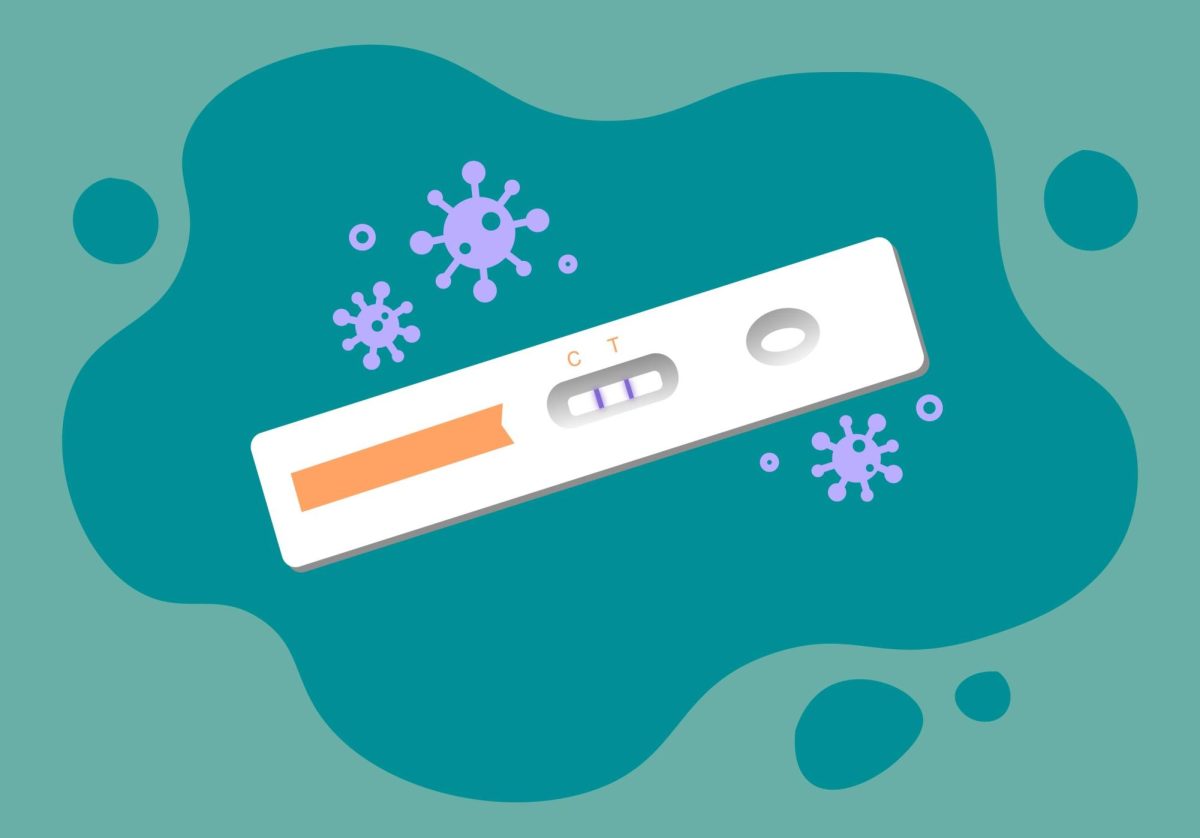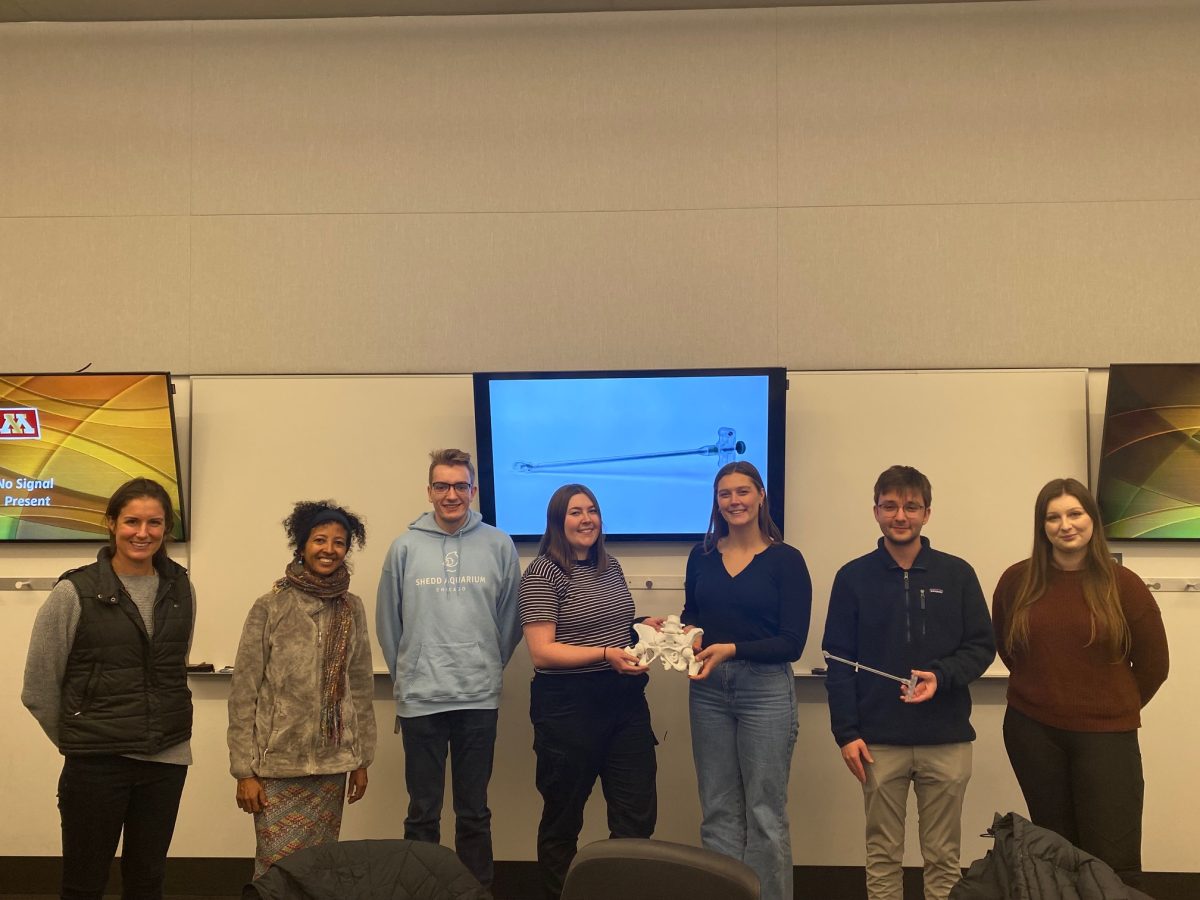A University of Minnesota researcher in the College of Liberal Arts found deaths reported as natural causes were actually due to COVID-19.
An estimated 1.2 million excess deaths were reported during the first 30 months of the pandemic in the United States. One in seven of these deaths were not accurately attributed to COVID-19.
Elizabeth Wrigley-Field, an associate professor in the Department of Sociology and the Minnesota Population Center, said she focused on comparing mortality rates before the pandemic and during the pandemic itself. By looking at where the bulk of deaths occurred in a short time span, researchers spotted deficiencies in the U.S. death reporting system. Some deaths were not reported right away or were inaccurately attributed.
“We found that in those first two and a half years, there were 1.1 million more deaths in the United States than we would have expected to have had there not been a pandemic, and that’s a staggering number,” Wrigley-Field said.
Deaths appearing to be caused by COVID-19, but not considered COVID-19-related deaths, were most consistent in the first and second years of the pandemic, according to Wrigley-Field.
During the first two and a half years of the pandemic, 16% of deaths were not predicted by past mortality rates and were not considered to be caused by COVID-19, Wrigley-Field said.
One key piece of evidence was found by the use of spatiotemporal patterns, which looked at COVID-19 surges happening at different times and places, Wrigley-Field said. To find out what deaths attributed to natural causes were actually COVID-19-related deaths, mortality trends and data from past months were compared to deaths in the first 30 months of the pandemic.
People did not realize they were in the midst of a COVID-19 surge, which is why the majority of COVID-19 deaths were not accurately accounted for, according to Wrigley-Field.
“The people who are responsible for assigning causes of death, like a medical examiner or coroner, didn’t necessarily think to themselves like, ‘Oh, should I be wondering if this was COVID?’ because they didn’t realize yet that COVID was surging around them,” Wrigley-Field said.
Marc Jenkins, the director of the Center for Immunology at the University, said misreporting often occurs more in rural areas where death reports are filed by sheriffs versus metropolitan areas where coroners file death certificates.
Almost all of the unaccounted deaths did not occur from natural causes but instead from COVID-19, Jenkins said.
If examiners had taken antibody tests, which allow them to see if the person had COVID-19 at the time or ever in the past, they could have then narrowed down the cause of death to COVID-19 and reported it accurately, Jenkins added.
Excess deaths were found to be more concentrated in western, southern and rural areas in the nation because COVID-19-related deaths are less likely to be recorded, especially when families have more control in reporting the cause of death, Wrigley-Field said. This most likely occurs when people die outside of the hospital, particularly in areas where COVID-19 is believed to be fake.
COVID-19 is an infectious airborne virus, Jenkins said. Vaccinations, masking and social distancing can help students on campus stay safe and healthy.
“I don’t tell anyone what they should do,” Jenkins said. “I just talk in terms of probability.”
The population can view protection against COVID-19 like a building that is one hundred stories tall, Jenkins said. Getting vaccinated will take a person to the 90th floor while masking and social distancing will get them to the 100th floor.
Michael Osterholm, the director of the Center for Infectious Disease Research and Policy, said there was a lot of misinformation on social media telling people the vaccine was unsafe or unhelpful and exacerbating the perceived number of deaths.
“I think social media in general was both a help and a hindrance,” Osterholm said.
There is not a specific set of strategized policies that can be implemented to prevent another pandemic, Osterholm added. Simply embedding lessons learned from the COVID-19 pandemic can help people prepare for the future.
“When we think about pandemic preparedness for disaster preparedness, we don’t usually think about our cause of death reporting,” Wrigley-Field said. “But to me, we should, and this research underscores why it’s so important.”





















